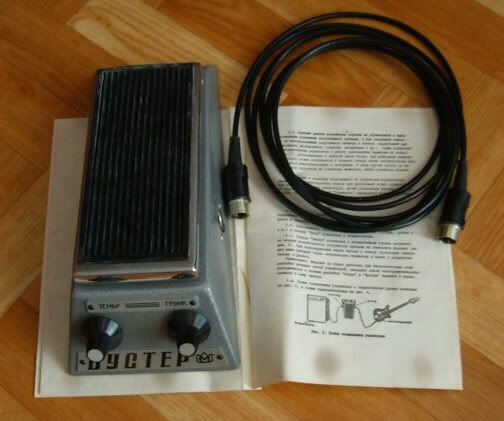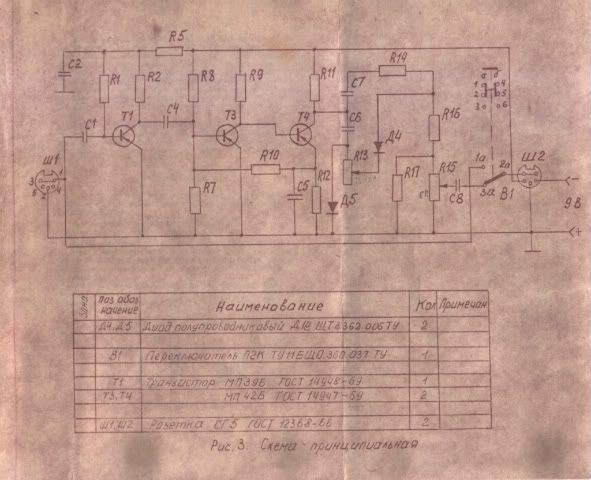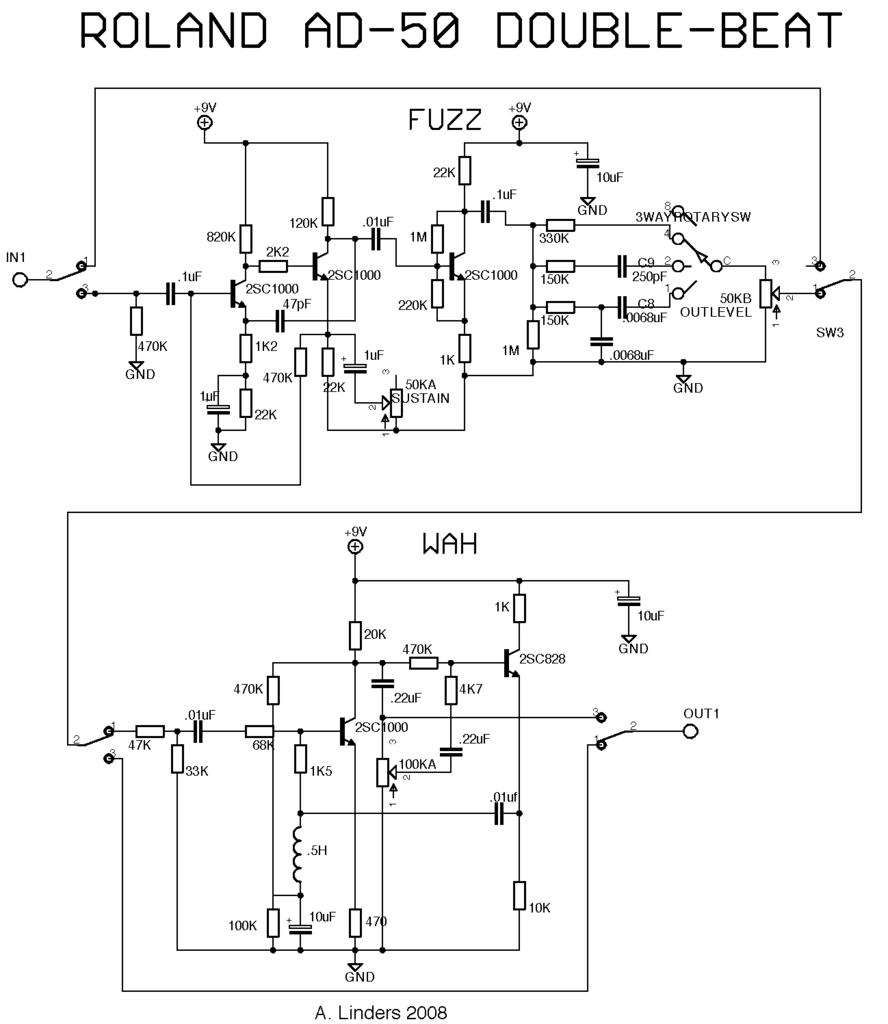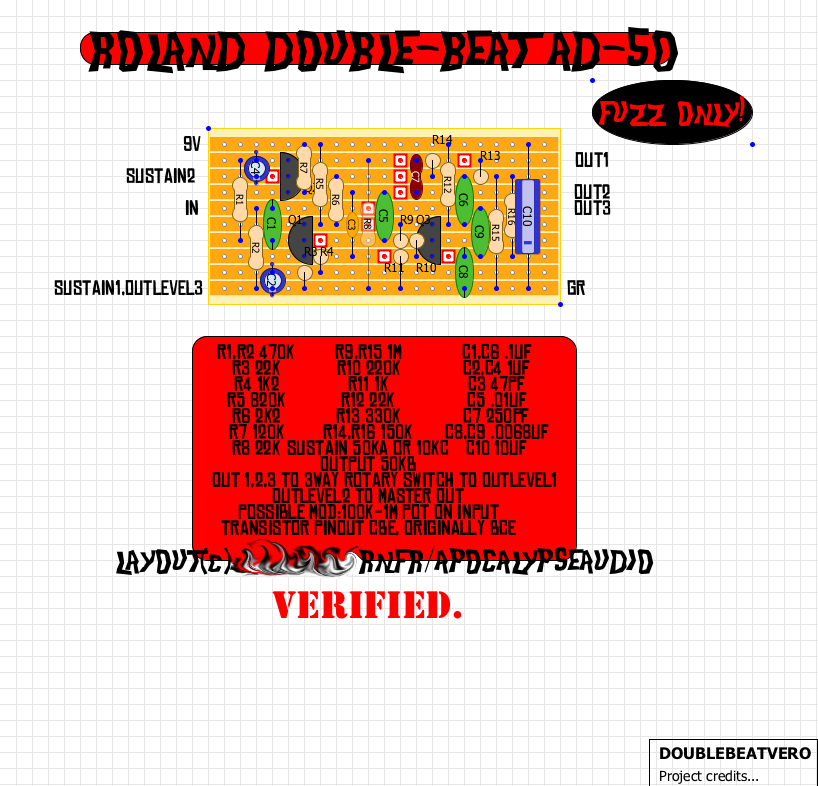
i used to be in a stoner rock outfit called Rise of Man, and i do sound for Indian, so every once in a while i get the itch for some heavy shit. usually High on Fire, Sleep, Electric Wizard, Boris, etc. will cure the itch, but i find myself gettin a rash for those tones to come heaving out of my amplifiers cabinet from time to time as well. so when the chance came up to design a circuit for the DIYStompbox Forum XFX contest i decided to "bring the sludge".
adding on to a previous design called Dirty Boots, i used a technique that i stumbled upon one night for biasing ge transistors by putting a ge diode in a feedback bias loop the "wrong" way- to such designs as the Bazz Fuss- with cathode to base, and anode to collector. i've been told that the leakage of the germanium diode basically acts like a big ass resistor. if my ears aren't deceiving, it adds a bit of compression as well, and a bit of nasty dirt on one side of the wave. all of this was done using Russian germanium GT313A trannys (which apparently have an internal resistor from base to emitter).
so there are 3 stages of those, as well as a bit of filtering on the high end. all of the filter caps are decent size, so as to try and slam as much bass as possible through the circuit in order to get that churning, folding on top of itself, crunch of doom. in the first stage there is a .1uF bypass cap to try and give a midrange boost before a full range boost in the second and third.
the one caveat of the contest was that the circuit have some sort of bootstrapping. this accomplished by the .1uF cap and 4K7 resistor going from from base of tranny 3 to emitter of tranny 2. i have recently been toying around with putting a variable resistor in place of the 4K7 and this can be cool for a kind of "shape" control. for a gain control i just put a variable R going from stage 1 to 2 and controlled the amount of drive that way. it's not on the schem, but i put a 500k pot on the input for an input impedance control as well. the third stage is biased by a pot from 9v to the collector and this also adds a way to adjust the color of the tone.
it's a pretty sick circuit, and sounds like the walls of babylon are falling down around you. give it a shot, russian trannys are cheap on ebay...for now.
shitty sound sample i recorded with a 5w amp into my computer's mic is available HERE.















